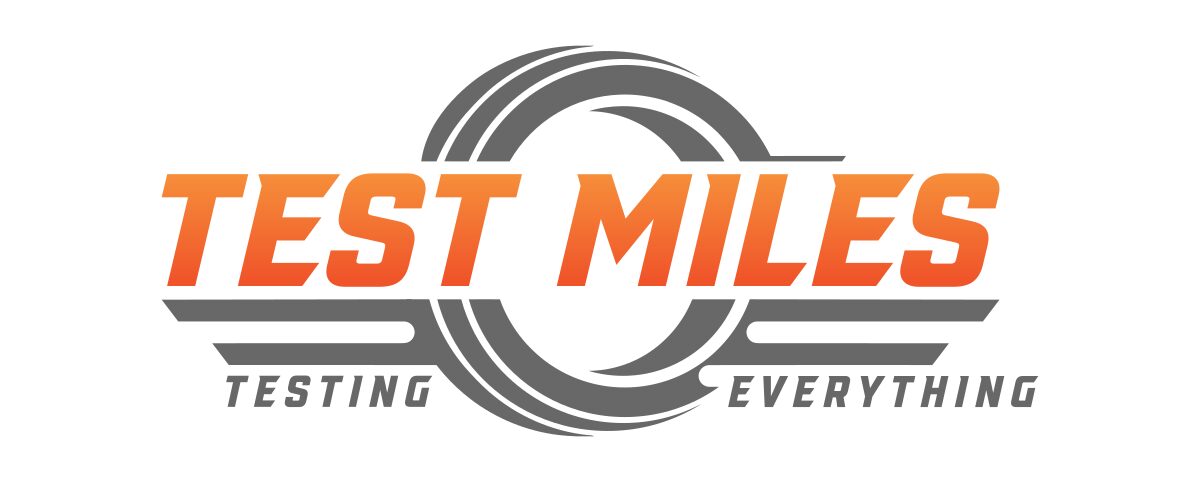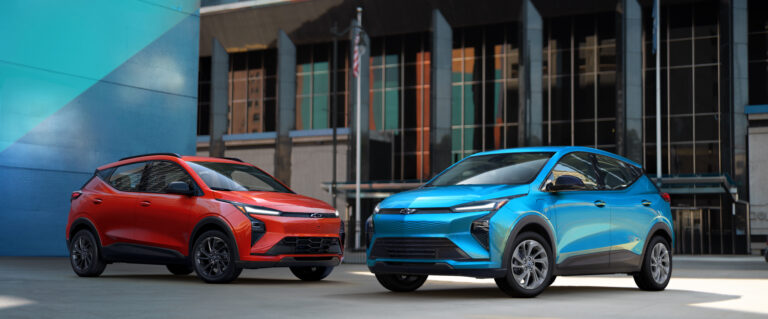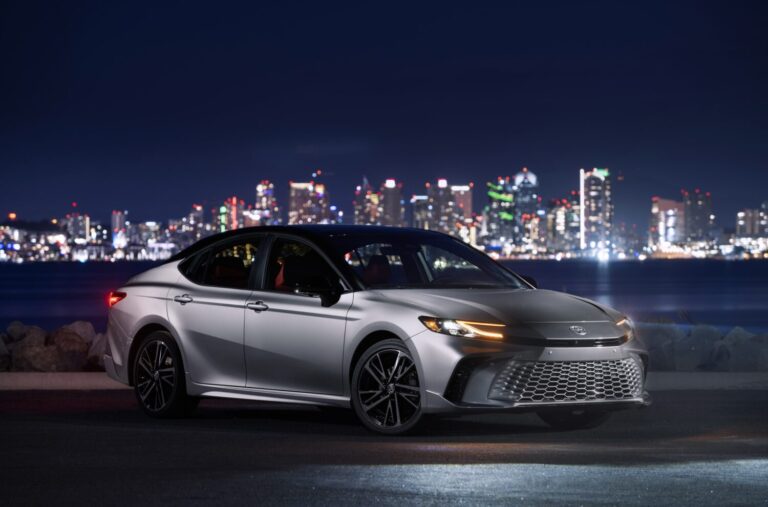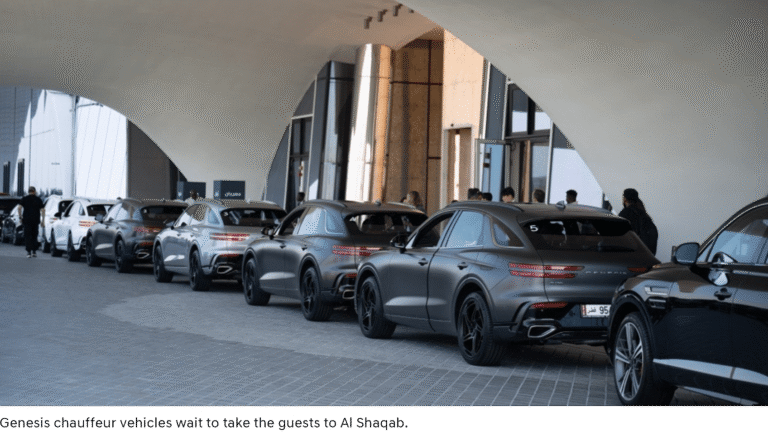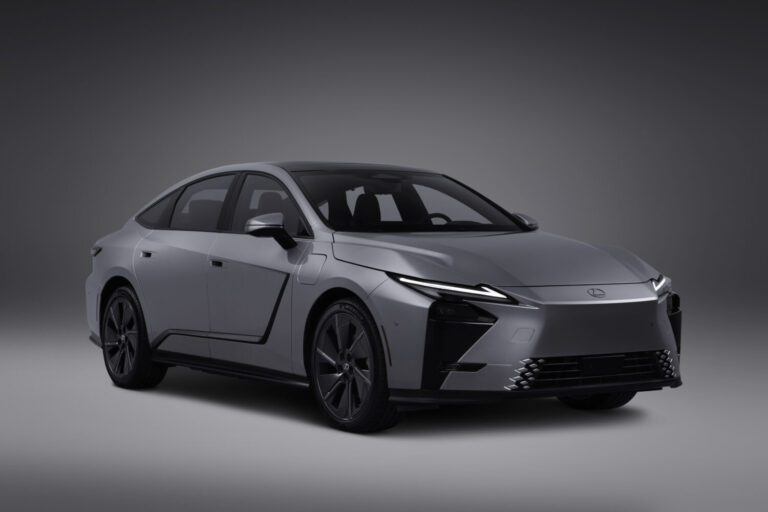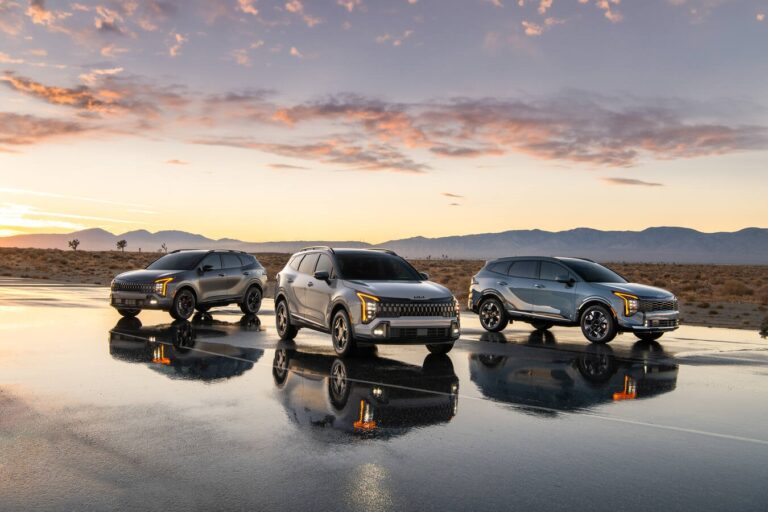2025 EV Consideration Report: Americans Still Kicking the Tires on Electric, Not Quite Buying In
By Nik Miles
Test Miles
Why does this study matter now?
Because EVs are no longer the shiny new toy—they’re the homework assignment we keep pushing off. And yet, despite tariffs, charging tantrums, and headline fatigue, Americans aren’t giving up on electric dreams. Not yet.
According to the just-released 2025 U.S. Electric Vehicle Consideration (EVC) Study by J.D. Power, 24% of car shoppers say they’re very likely to consider an EV. Another 35% are somewhat likely. That’s unchanged from last year. Which, in a world that moves faster than a TikTok trend, is…actually a win.
But here’s the twist: stable interest doesn’t mean smooth sailing. It means the hype has cooled and we’ve entered that awkward “define the relationship” phase between drivers and electric drivetrains.

So, is America falling out of love with EVs?
Not exactly. But we’re certainly asking tougher questions.
J.D. Power’s data shows that the top concern for potential EV buyers is still charging station availability—cited by 52% of shoppers who walked away from EVs. That’s not a software update. That’s a system-wide infrastructure bottleneck. And no amount of gloss from automakers will hide the fact that the average consumer is still afraid of being stranded somewhere between Boise and oblivion with a 3% state of charge.
On the bright side, the study finds that price-related anxiety is easing. Rejection of EVs due to purchase price dropped four percentage points year-over-year, and concern over cost of ownership dropped two. That’s likely due to broader model offerings from mass-market brands—and also, let’s face it, a numbing to sticker shock in general.
Who’s actually buying these things?
If you guessed “young people with money,” you’d be half right.
Turns out, those most interested in EVs—shoppers aged 25 to 49—aren’t typically the ones with six-figure incomes. Only 17% of them earn over $100K annually. Which puts them in the awkward position of wanting the future, but affording only the past. Meanwhile, older consumers—who do have the income—are dragging their feet into the plug-in era, one $200,000 Escalade IQ at a time.
This tension is fueling what J.D. Power calls the “mass market moment.” That’s where brands like Hyundai, Toyota, and Ford step in with EVs and plug-in hybrids that balance price, tech, and range without asking buyers to trade a kidney or a garage full of home charging equipment.

Where is EV enthusiasm lowest?
Take a bow, Midwest.
States like Wisconsin, Kentucky, Minnesota, and Ohio had the lowest shares of “very likely” EV considerers—some dipping as low as 16%. Not shocking. Cold climates don’t pair well with lithium-ion chemistry, and brand loyalty runs deep in regions where a Chevy Suburban is still considered a starter car.
It’s worth noting: regional resistance isn’t just about weather. It’s also about culture, infrastructure, and a broader suspicion of change being shoved into the driveway. Or worse—mandated by people who wouldn’t know a tailpipe from a toaster.
How do EVs stack up against rivals in 2025?
Cross-shopping is alive and well. EV considerers are checking out nearly three brands on average before deciding—more than gas-powered shoppers. That means competition is fierce and getting fiercer. The good news for automakers? There’s opportunity here to poach buyers from brands they might not otherwise consider. The bad news? Your product actually has to be good now.
This is where legacy automakers are catching up. The wild west of Tesla’s early dominance is now being challenged by tech-laden options from everyone else—some sleek, some weird, all vying for relevance in a segment still finding its identity.

What’s the long-term takeaway here?
The electric future hasn’t stalled. It’s just idling with the parking brake on.
The EVC Study confirms that EV consideration hasn’t declined—but it hasn’t grown either. Which means it’s not about more press releases or teaser videos. It’s about solving the real-world stuff: faster charging, reliable infrastructure, upfront affordability, and educating consumers who still think EVs melt in the rain.
If anything, the 2025 data reminds us that this isn’t a fad—it’s a test of patience. And for the moment, Americans are still willing to stay after class.
Final Charge
Want to keep your finger on the EV industry’s pulse without being buzzworded to death? Follow @NikJMiles and @TestMiles for straight-talking stories, sneak peeks, and the occasional jab at marketing departments who think “range anxiety” can be solved with a new font.
